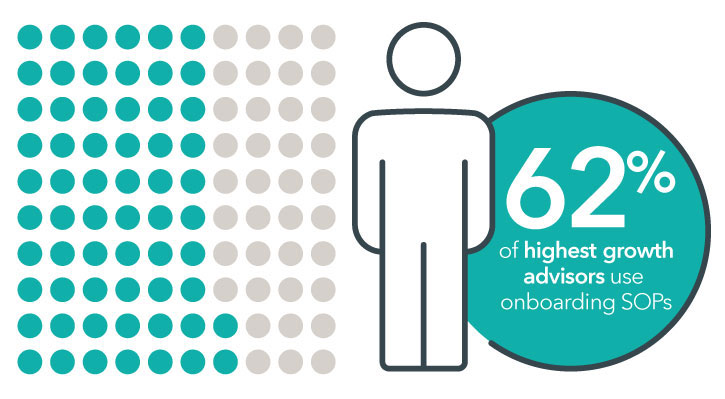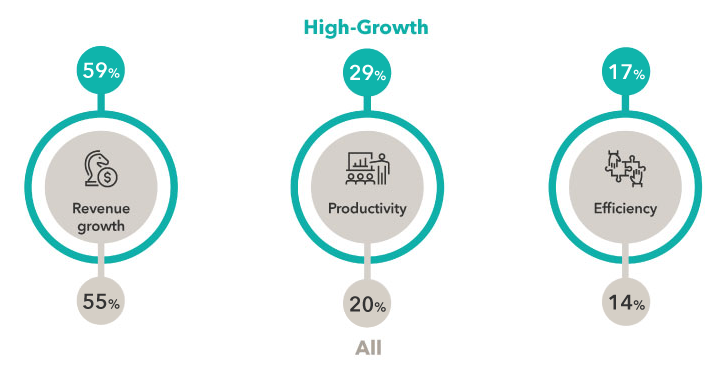The first order of business is documenting your everyday processes and procedures. Any process your firm does repeatedly — from the simplest to the most complex — should be committed to paper. Be forewarned: This won’t be something you complete in a day.
When advisor Ray Evans, founder and senior partner of Pegasus Capital Management, decided to codify some of his team’s procedures, the task took a full year. He hired coaching and consulting firm Pareto Systems to help document all of his team’s processes. Before that point, those processes were only in his head, and he needed to disseminate that information throughout the team. Establishing SOPs became ever more important as the team added people. “Did we have a process for everything? Yes. Was it anywhere except in my head? No,” said Evans.
So, Pareto talked through everything his team did. “They went through every single process we have,” Evans said, with an eye toward determining if there were better ways or best practices to adopt. “Those meetings typically involved the entire team, so we were getting input from people who didn’t get as much of a chance to contribute before,” he says.
One thing Evans learned throughout the SOP process was just how little some of the operations staff knew about what happened in front of clients. Despite in-depth weekly staff meetings, not everyone had a firm understanding of the various processes — the differences between the first and second meetings with clients, for example, or which materials were used in review meetings. “But now, there is a much broader appreciation of those things,” Evans says, “and that’s been a really valuable exercise.”
When creating your own SOPs, it helps to start with the basics. Think like a reporter and start with the W questions: who, what, when, where and why.
- Who completes this task? The answer may be a specific person, or the task may require more than one role.
- What is your desired outcome of this task? Remind yourself of the larger goal of your task. For example, you may have a goal like increasing the number of clients, building awareness of your brand, or ensuring that your office keeps up with technology.
- When do we do this task? Understand where the task falls in the larger ecosystem/operations of your business.
- Where do we keep the information? Make sure you know where to find what you need, whether it’s kept as a hard copy, saved on your computer, or archived in a database.
- Why do you do this task? Think about the reason this task is important, whether it’s a step in a much larger process (like client onboarding) or exists in a vacuum (like business continuity in an emergency).




